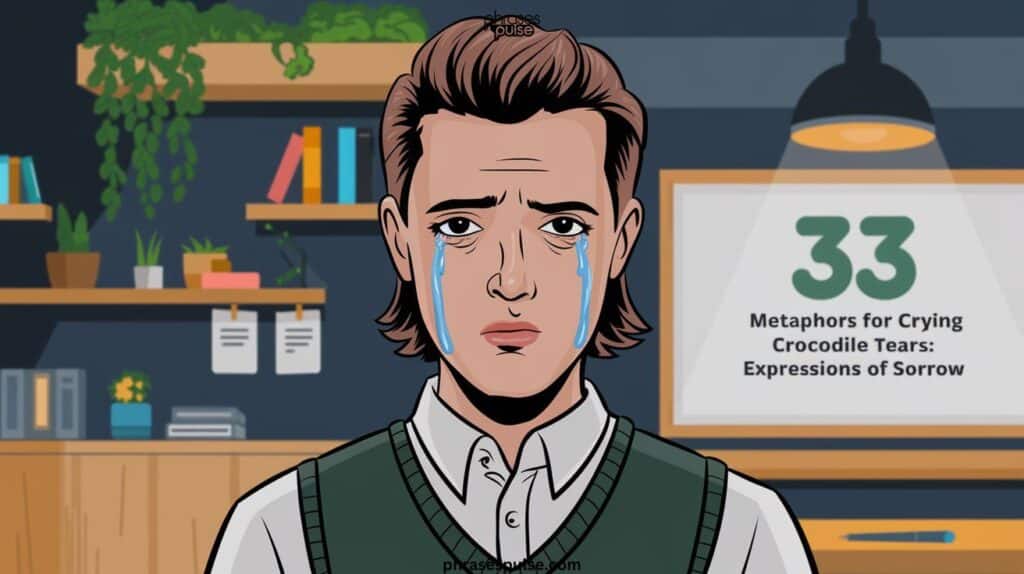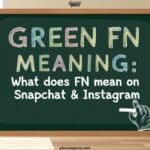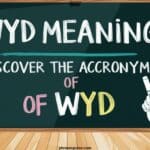In language, metaphors for crying paint powerful pictures of sorrow, expressing feelings that words alone may struggle to capture. Whether it’s the tears of sorrow that flow in silence, or dramatic, uncontrollable weeping, crying metaphors help create vivid imagery around the experiences of sadness, loss, or even insincere crocodile tears.
Metaphors reveal layers of emotion that turn a single tear into a sorrow cascade, giving language to feelings as complex as inner grief or as stormy as turbulent emotions.
By exploring metaphors for crying, we uncover deep insights into emotional landscapes. Each metaphor, whether a crying river or tears as diamonds, brings to life the raw experiences people go through in times of intense sorrow.
This list of 33 metaphors captures a range of feelings and tear symbolism that go beyond mere words, painting an unforgettable picture of how tears flow through emotional storms, hidden sadness, and moments of uncontrollable tears.
Metaphors for Crying & Sorrow

Throughout literature and speech, people have found inventive ways to express sadness and crying. Here are of the most admired crying metaphors that encapsulate the emotional pain, both intense and subtle, we experience:
Nature-Inspired Metaphors
| Metaphor | Example |
|---|---|
| Eyes are waterfalls | Her eyes were waterfalls, streaming tears down her face, a true flow of sadness. |
| Floodgates are open | When he heard the news, the floodgates opened, and an emotional torrent poured out. |
| Tears as raindrops | Her tears fell like raindrops, each drop carrying the weight of her inner sorrow. |
| Stormy eyelashes | His stormy eyelashes trembled with hidden sadness, like a tempest of tears. |
| Crying a river | She could have cried a river with all the unending tears that poured from her heart. |
| Tears are rain | The tears were rain, soft but steady, reflecting her emotional storm inside. |
| Weeping willows | She sat beneath the weeping willows, her sorrow mirrored by the trees’ tearful flow. |
| Sorrow’s waterfall | His grief was a sorrow’s waterfall, an unrelenting cascade of sadness. |
| Rivers of regret | He shed rivers of regret, each tear a symbol of his remorseful stream. |
| Mourning meadow | In her mourning meadow, she felt a deep sadness and crying in every petal. |
Emotion-Driven Metaphors
| Metaphor | Example |
|---|---|
| Heart is aching | With each sigh, her heart was aching as if her very soul was weeping with grief. |
| Soul is weeping | His soul was weeping, an emotional depth that no words could express. |
| Hearts are breaking | Their hearts were breaking together, a shared pain as powerful as a crying metaphor. |
| Crying on the inside | She put on a brave face, but she was crying on the inside, masking her internal sorrow. |
| Crocodile’s tears | They doubted her sincerity, thinking her tears were crocodile’s tears of false sorrow. |
| Intense crying | His intense crying was like an uncontrollable storm metaphor, full of turbulent feelings. |
| Silent thunderstorms | He held back his silent thunderstorms, an inner storm of restrained grief. |
| Tears of sorrow | She shed quiet tears of sorrow, each one a whisper of subdued sorrow. |
| Grief cascade | The grief cascade began, as if her inner feelings were pouring out uncontrollably. |
| Quiet emotions | Behind her calm exterior lay quiet emotions, an invisible tear for every buried memory. |
| Unspoken tears | His sadness was deep but unspoken, his unspoken tears hidden from view. |
Symbolic & Literary Metaphors
| Metaphor | Example |
|---|---|
| Tears as diamonds | Each tear was a diamond, a rare and valuable tear shed only for his deep sorrow. |
| Baby’s endless tears | The baby’s endless tears were pure, a precious tear reflecting simple sadness. |
| Crying like an orchestra | Her sobs were crying like an orchestra, an ensemble of emotional expressions. |
| Volcanic emotion | His volcanic emotion erupted, lava tears flowing with all the pain he had suppressed. |
| Tears as symbols | The tears were symbols of her heartache, a crying imagery woven into her story. |
| Weeping river | The weeping river flowed through her heart, carrying the pain of personal sorrow. |
| Lonely tears | Each of her lonely tears was a single raindrop of unspoken grief. |
| Erupting tears | He felt the tears erupting, an overwhelming emotional outburst from his deepest grief. |
| Tears as a storm | Her tears fell like a storm, an emotional storm that seemed to have no end. |
| Diamond-like tears | Her diamond-like tears sparkled, each drop a symbol of precious emotions. |
| Crying as siren | His cry was a siren, an urgent warning cry signaling his sorrow to the world. |
| Sad trees | The sad trees around her seemed to mourn, their leaves drooping like her tearful expressions. |
These metaphors for crying capture emotions at their most vulnerable, turning tears into symbols of personal sorrow, joy, regret, or heartache. Each metaphor highlights the experience, making emotional expressions that feel deeply relatable.
What is a Metaphor?

A metaphor is a figure of speech that describes an object or action as something other than what it actually is, giving it more depth and meaning. In the context of crying and sorrow, metaphors turn tears into powerful symbols.
whether through imagery like a stormy tear or the softness of tears as raindrops. This creative language helps convey feelings that words alone might miss, making the expression of emotion both memorable and deeply personal.
The use of crying metaphors also allows people to share the emotional pain of others. Whether it’s through tear symbolism like “a river of tears” or emotional metaphors like “broken hearts,” metaphors add layers to language, enriching our understanding of emotional responses in human experience.
When to Use Crying Metaphors?
Metaphors for crying and tears are often used in storytelling, poetry, or moments when a simple expression won’t do. They add weight to personal anecdotes, enrich dialogues in books and films, and even help people discuss their emotions in therapy or casual conversation. Using crying metaphors helps people connect over shared experiences, allowing for a bond that is both empathetic and creative.
In writing, metaphors such as hearts are breaking or tears like rain make a story feel more relatable and human. For those expressing deep sadness, metaphors soften the experience, allowing others to connect with the underlying pain, joy, or relief.
History of Metaphors for Tears
The use of metaphors for crying dates back to ancient literature. Cultures across history have found ways to represent tears and crying through symbolic language. In early poetry, tears were often compared to rain or rivers, symbolizing not just sadness and grief but also purification or inner storms. Over time, these expressions evolved, gaining new meanings and interpretations as languages and cultures changed.
In modern times, the concept of crying crocodile tears became popular as a metaphor for insincerity, rooted in ancient beliefs about crocodiles. Today, tearful eyes and emotional storms are used in literature, films, and everyday language to convey powerful emotions with a single, vivid image.
Frequently Asked Questions
What is a metaphor for crying hard?
A powerful metaphor for crying hard is “the floodgates opened”. This metaphor conveys the idea of a sudden and overwhelming release of tears, much like water rushing out from a dam. It illustrates intense crying as if emotions have been held back and are now flowing uncontrollably. Other vivid expressions include “crying a river” and “eyes are waterfalls,” where tears flow with unstoppable force, creating a strong visual for emotional outpouring.
What is a metaphor for emotional?
A fitting metaphor for emotional is “wearing one’s heart on their sleeve.” This phrase captures someone who openly displays their emotions, as if they’re visible for all to see. Another example is “a rollercoaster of emotions,” which conveys the ups and downs of intense feelings, as if emotions are following a thrilling, unpredictable path. These metaphors highlight the depth and complexity of emotional experiences.
What is a simile example for crying?
An effective simile for crying is “She cried like a baby.” This comparison evokes an image of someone crying uncontrollably and without restraint, similar to the way an infant cries. Another example is “He cried as if his heart were breaking,” which suggests deep, soul-crushing sorrow, using “as if” to compare the crying to a heart-wrenching experience.
What is figurative language for cry?
Figurative language for cry includes expressions that convey emotional depth without literal descriptions. For instance, “eyes like storm clouds” suggests sadness or impending tears, while “tears as rain” compares crying to rain, reflecting a natural outpouring of sorrow. Another example is “his soul was weeping,” a metaphor for profound grief that resonates beyond visible tears, capturing inner pain and emotional depth.
Conclusion
Metaphors are more than just figures of speech; they are windows into the human soul. Metaphors for crying from tears as diamonds to weeping willows allow us to express feelings that go beyond words. By using crying metaphors like “crying rivers” or “tears like rain,” we transform sorrow into shared experiences, bringing emotional depth into our conversations and writings.
Through these 33 metaphors, we see that every tear holds a story, a glimpse into one’s heart and soul. Whether experiencing joyous weeping, solitary rainfall, or the eruption of lava tears, each metaphor reminds us that sorrow, joy, regret, and love all find expression through tears nature’s silent yet powerful language of the heart.

Ava Rose, the creator of PhrasesPulse, is an expert in English grammar with years of experience. She is dedicated to simplifying complex grammar rules and exploring the richness of English phrases. Through her insightful posts, Ava aims to help learners of all levels enhance their understanding of the language and communicate more effectively. Her passion is making grammar approachable and enjoyable for everyone.







